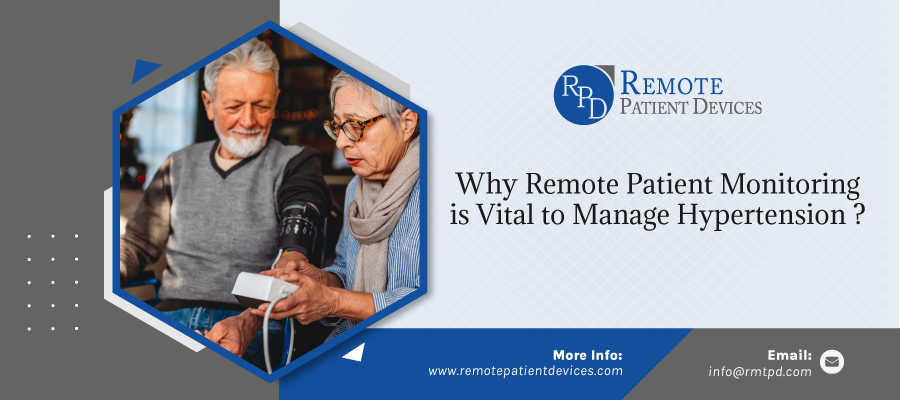
Remote HealthCare Monitoring relies on the accessibility of accurate readings related to the health of a patient. Remote Monitoring Devices are playing their roles to connect the healthcare provider and patient. Patients dealing with hypertension are more conscious about the provision of accurate data to their providers to help manage their conditions. It is worth noting that blood pressure is just a symptom, not the disease itself therefore blood pressure readings can help the doctor to devise a better healthcare plan for his patients. Remote Patients Devices has come up with a turn-key solution to save more face time to the providers and no burden to the clinical staff without compromising on the provision of quality healthcare to the patient as well as more revenue generation.
Connectivity between the provider and patients holds vital importance in Remote Patient Monitoring. Remote Patient Devices is bridging them with FDA-approved monitoring units that are based on cellular data. Cellular data is preferable to avoid technical glitches. The devices are capable to transmit readings to the healthcare provider in no time. Moreover, Cloud-based Portal including HIPAA Compliant, proprietary application is used to facilitate point of source access to data analytics among the interfaces.
Remote Patient Devices checks the patient eligibility and verifies insurance for program eligibility so practice can enroll the patient.
Once device is assigned, RPD starts to monitor the health conditions of patient and engages them including a daily follow up from them.
RPD alerts the practice about critical readings after validating the readings and symptoms. Readings above or below the benchmarked values are brought before the Practice to arrange for appointment with the doctor.
RPD provides billing charge sheet monthly so the practice can submit claims to the insurance in a timely fashion.
Remote Patient Devices aims at bridging the Practice and Patient to ensure better healthcare and more revenues to the practice. It provides a Win-Win state for all the stakeholders due to its potential benefits.
Providers have to do more administrative work as compared to actual healthcare. Reducing the hospitalization of patients saves more time for the doctors for providing care to patients. RPD shares the burden from enrollment of the patients to make claims.
RPD provides certified and multilingual coordinators who monitor the BP activity and speak with the Patients, and as necessary with the practice, to manage critical and high readings. They coach and support the patients to adopt a healthier lifestyle.
RPD ensures additional practice revenue without extra costs or hiring more clinical staff. It is the company that provides workers to collaborate with the patients on behalf of the practice. Better monitoring of the patients leads to a better public image which enhances the profitability of the practice
Lack of proper education and training for best operating the practice leads to inaccurate readings which indirectly causes damage to the patient. Remote Patient Monitoring Provides proper technical support to the patients and training to assure the accuracy of daily measurement data provided to the Physician.
Remote Patient Devices, LLC. is bridging the patients with the practices and assuring access to quality healthcare for chronic patients at home while sharing the burden of the clinical staff and the physician. We are providing a turn-key solution to medical practices to generate more revenue while having more face time for actual healthcare operations